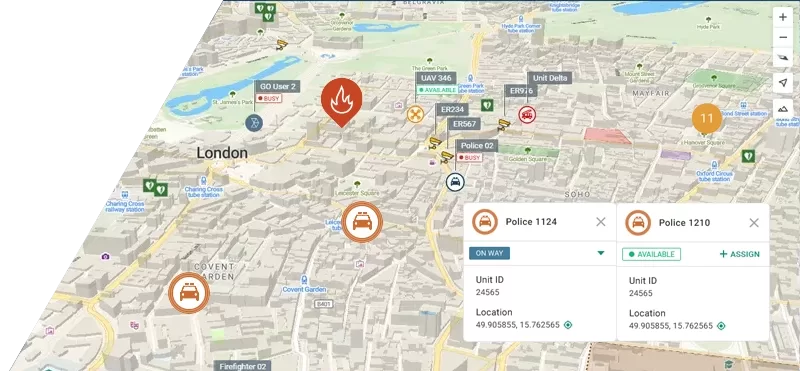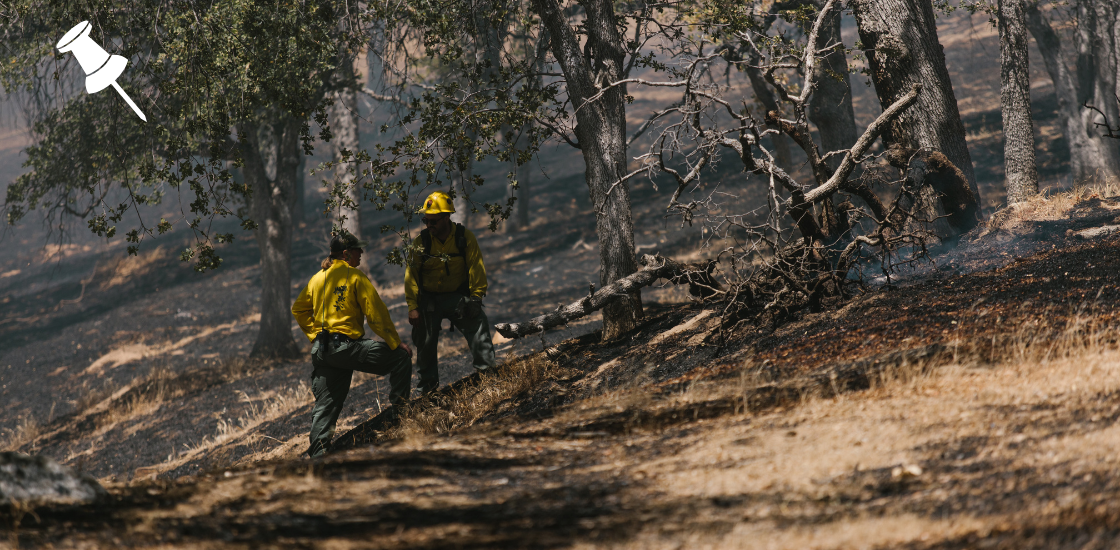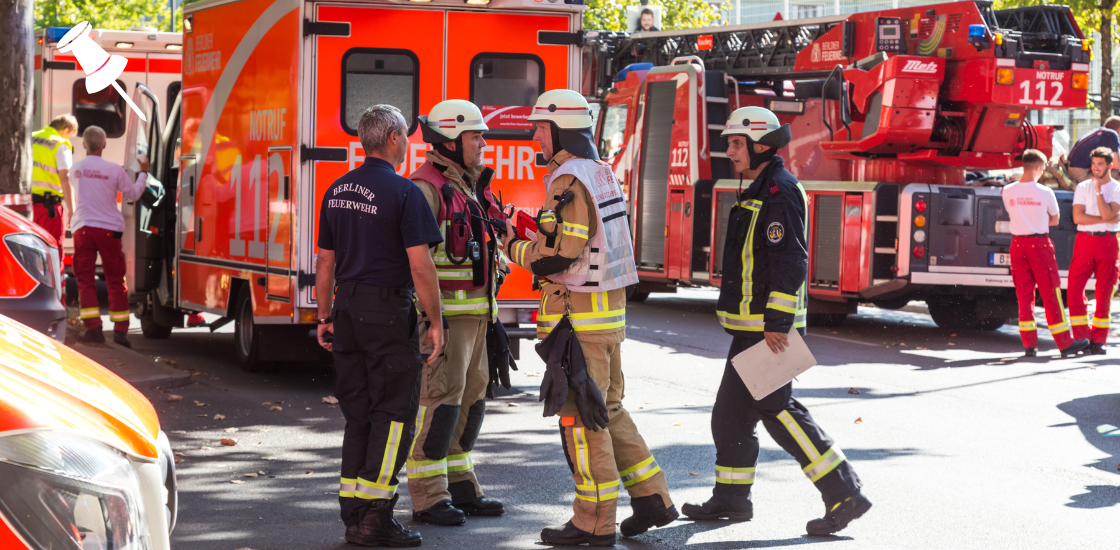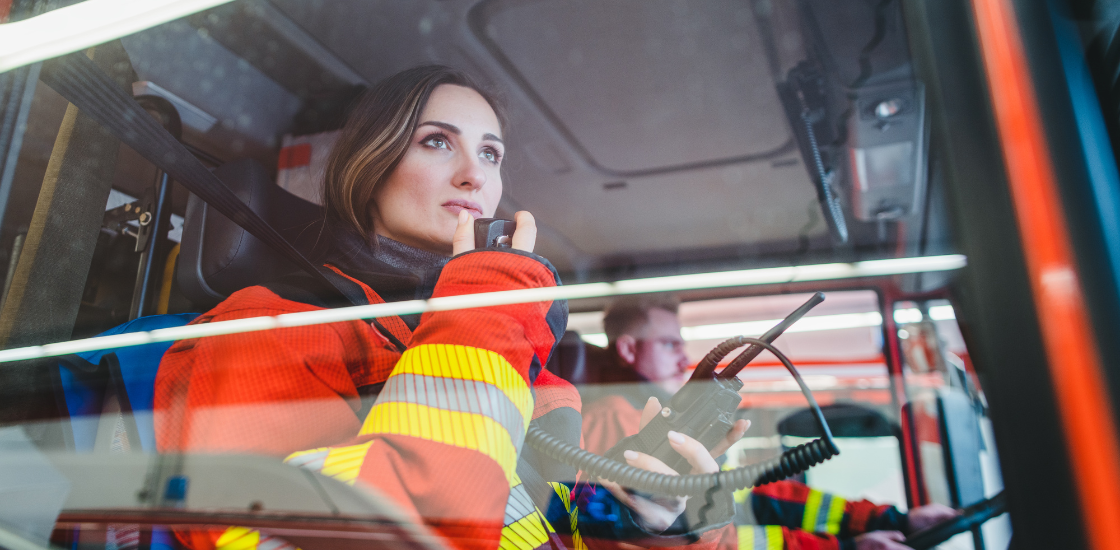Table of Contents
Using Drones to Make Security Faster and Safer
In modern policing, real-time information can make all the difference. During a recent police training in the Czech Republic, GINA Software demonstrated how a drone with face recognition integrated with Smart CAD can change the way officers work in the field.
The purpose of the training was to evaluate how aerial data and automated identification could support officers during operations. The drone’s ability to recognize faces from above and instantly transmit verified alerts to dispatchers offered a realistic look at how advanced technologies can improve coordination, reduce workload, and strengthen situational awareness.
Why Traditional Search Methods Fall Behind
In standard procedures, identifying individuals of interest is often a slow and manual process. Officers depend on visual confirmation, static cameras, and voice communication, which can lead to delays or uncertainty during fast-moving operations.
Common challenges include:
- Limited coverage and visibility across large areas
- Difficulty tracking movement in real time
- Heavy reliance on manual updates and radio communication
- Delayed reactions when individuals are spotted too late
The goal of this training was to simulate these conditions and determine how automation could eliminate inefficiencies by connecting live video, recognition systems, and field coordination into one operational workflow.
The Solution in Action
For the exercise, GINA Software deployed a drone integrated with Smart CAD’s facial recognition module. The drone provided a continuous video feed, which Smart CAD analyzed instantly to detect and match faces against a predefined training database.
When the system recognized a person of interest, Smart CAD automatically issued an alert to all connected users. The notification appeared on the dispatcher’s interface and on tablets used by field units, complete with the person’s image, location, and detection time.
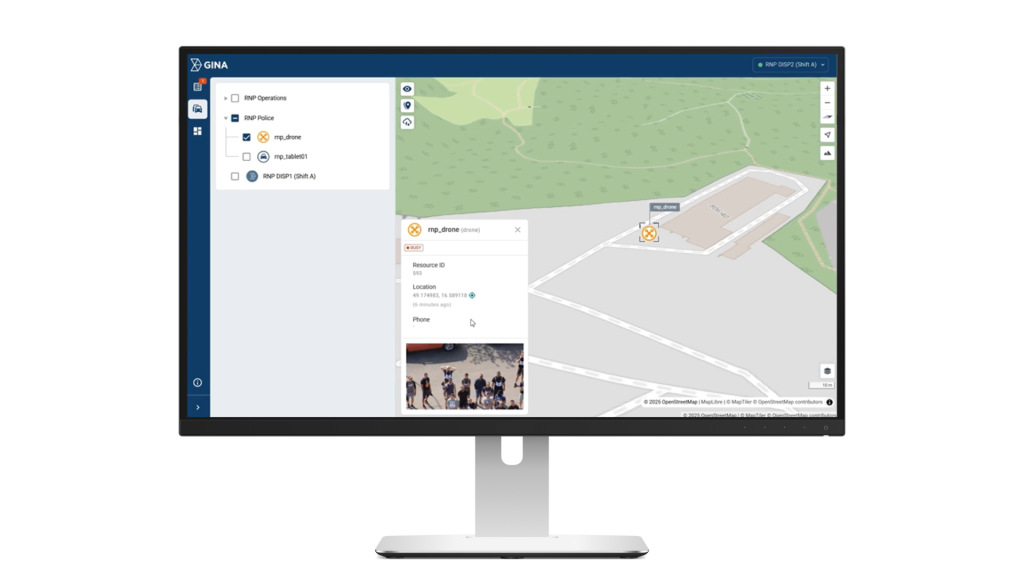
This seamless process allowed officers to verify information immediately and coordinate their actions without switching between multiple systems. The drone’s aerial view gave the command center a broader perspective, while Smart CAD ensured that every team in the field had the same, accurate information at the same time.
Key Outcomes
The exercise demonstrated how the use of drones with face recognition enhances coordination and enables faster, more informed decisions across all units.
Highlights of the results:
- Faster identification of persons of interest through automated recognition
- Instant alerting to both dispatchers and field teams via Smart CAD
- More effective coordination between air and ground operations
- Greater operational clarity through shared real-time information
- Enhanced safety due to verified and consistent data across the system
By connecting aerial observation and ground coordination through Smart CAD, police teams gained the ability to act faster and with greater confidence. The system helped reduce manual steps, prevent communication gaps, and maintain a shared understanding of each situation as it unfolded.
